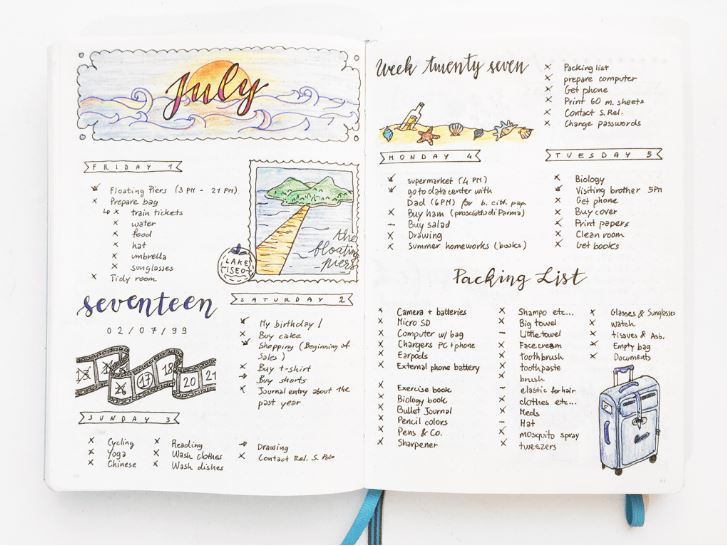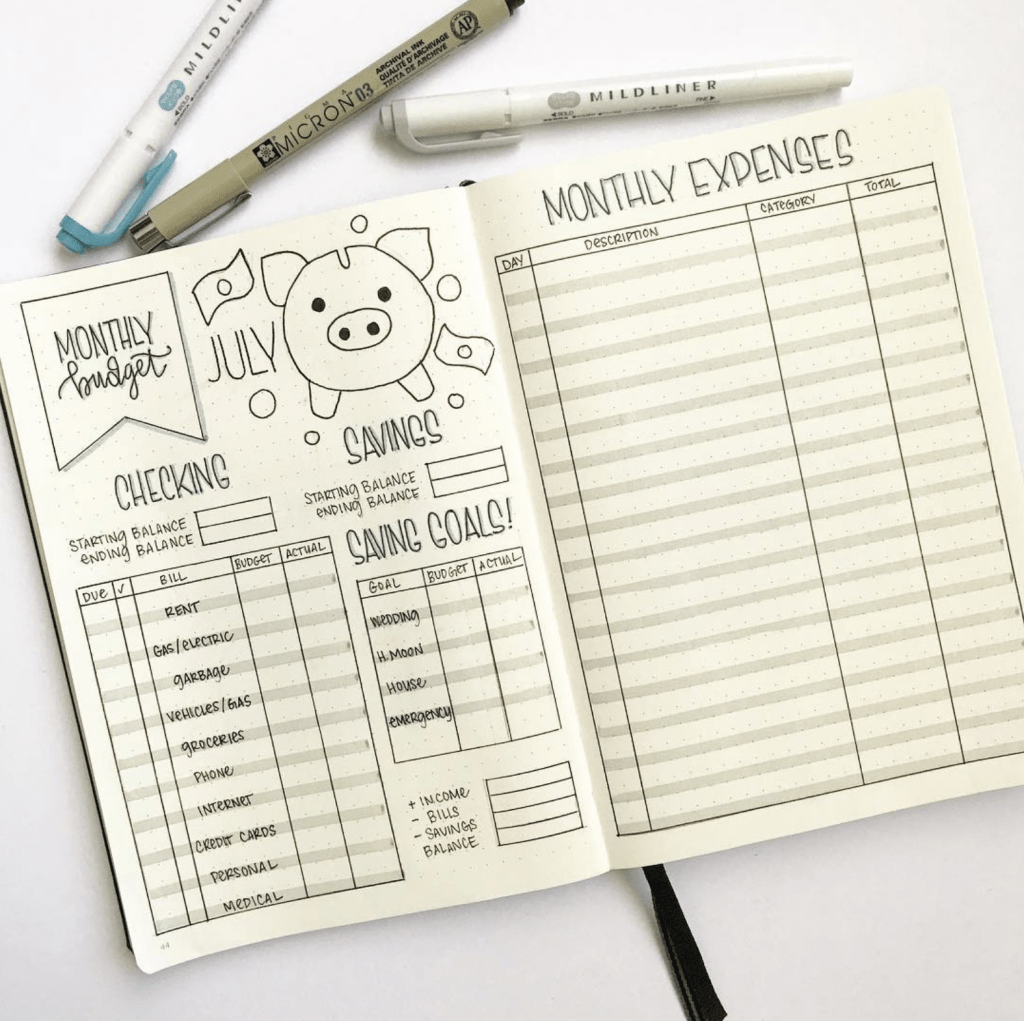A bullet journal, sometimes referred to as BUJO, is an organizational system originally created by Ryder Carroll—a NYC digital product designer who has worked with companies including Adidas, HP and Macy’s—promised to “transform your life, in more ways than you can imagine.”
Bullet journals are very popular among young people in both the Instagram and YouTube communities, which is how I first discovered them. The purpose of a bullet journal is to keep yourself organized in any aspect of your life. Basically, the bullet journal is a tangible version of to-do lists, reminders, birthdays and anything else you need help keeping up with—the perfect solution for any college student or young adult constantly on the go.
Want to get started but not sure how? Don’t worry. I’ve got you covered.
What you need: a notebook and a pen
People use all different kinds of fancy items for their bullet journals, but literally all you need for this project to be successful is a notebook and a pen. I have an $8 dotted notebook that I purchased at Walmart, and it works just fine.
The “official” notebook for bullet journals—endorsed by the creator Ryder Carroll—is the Leuchtturm. Running at about $20, they can be pretty pricey, especially if you’re not sure you will stick with it. Markers and colorful pens can also make the process more fun.
Elements: index, collections, and logs
The brilliant thing about bullet journals is that you are the creator behind it. You can easily make your journal efficient for you and catered to your specific needs. There are so many routes that you can take with the setup of your BUJO, but here is the basic, suggested rundown on how to set it up.
- Index: a table of contents, if you will. This makes it easier for you to find whatever it is that you are looking for in your journal.
- Collections: This part is truly up to you. Whenever you want to jot something down, it goes here. Some ideas for this section are movies and shows to watch, to-do lists, resolutions, books to read, restaurants to try and places to travel. The possibilities are endless.
- Logs: This is key to identifying what has been and needs to be accomplished. Of course, this sections requires you to decide what needs to be tracked, but once decided, it is a great way to track progress of almost anything. Ryder Carroll recommends the use of a future log (year), monthly log and a daily log. This allows for a viewing of both short and long-term accomplishments.
Below are some of my personal favorites as far as spreads go, but don’t be afraid to tailor it to your needs! The most important part of keeping a bullet journal is remembering that it is made by you, for you.









